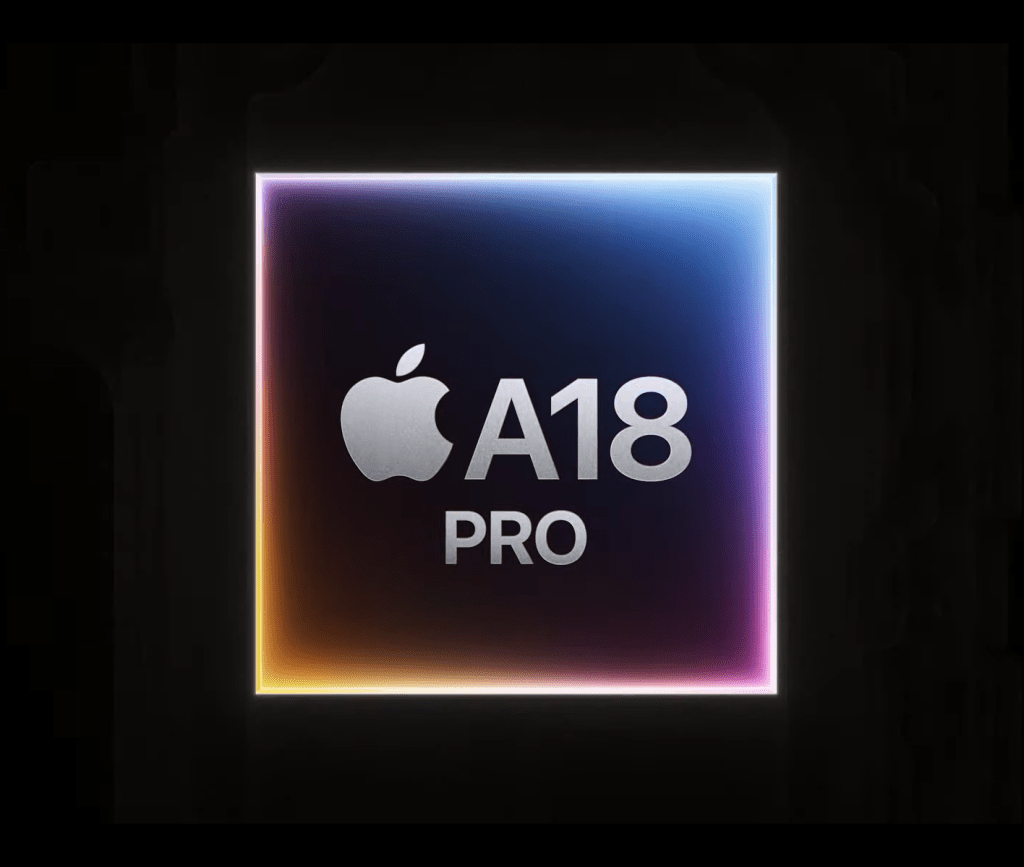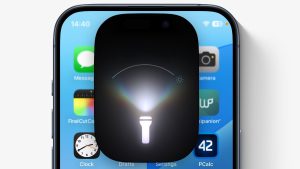
The first seemingly legitimate benchmarks of Apple’s new A18 Pro chip have apparently leaked out, and they show a healthy boost in performance that should keep Apple on top of the smartphone performance charts for a while.
The Geekbench 6 listing for “iPhone17,2” means we’re looking at the performance numbers for an iPhone 16 Pro Max, and therefore the A18 Pro chip. The CPU score shows single-core performance of 3,409 and multi-core performance of 8,492. The GPU benchmark, which measures Metal API performance for GPU compute tasks and not 3D graphics rendering performance, came in at 32,848.
How does that compare to other products? It’s an 18 percent improvement in CPU performance, both single and multi-core, over typical benchmarks of the A17 Pro in the iPhone 15 Pro Max. That phone averages 2,887 single-core and 7,158 mutli-core on Geekbench 6. The GPU compute score for the iPhone 15 Pro Max is 26,976, making the A18 Pro around 21 percent faster.
For further context, the M1 MacBook Air has a single-core score of 2,342 and multi-core of 8,350—with eight CPU cores.
The single-core score is faster than anything out there:
- The top of the Android benchmark charts is the Galaxy S24 Ultra with a single-core score of 2,145 and multi-core score of 6,702. Not even close to the A18 Pro.
- Even the Mac benchmark charts can’t match this single-core performance, as the M3 Max has a score of 3,128. It’s multi-core score of almost 19,000 owes to it having 14 cores.
- Similarly, the PC processor benchmark chart tops out with the Intel Core i9-13900KS, which has a single-core score of 3,140 and multi-core score of 21,802 (24 cores, 32 threads).
In other words, the iPhone 16 Pro models will sport faster single-core CPU performance (as measured by Geekbench 6) than any processor on the market—desktop, laptop, or phone, PC or Mac—and multi-core performance that is in line with a laptop processor from four years ago that has 2 additional cores. Similarly, the GPU performs about as well for compute tasks as an M1 with 8 GPU cores.
That’s right, the iPhone 16 Pro has the same RAM, same GPU performance, same multi-core CPU performance, and much better single-core CPU performance, than the M1 MacBook Air.
When this architecture shows up in the M-series, we can probably expect single-core scores of around 3,500 and multi-core score of around 13,000 for an 8-core processor. A 10-core GPU design as found in the MacBook Air will likely score 54,000 or more, putting it about 15% faster than the GPU in the M3.




